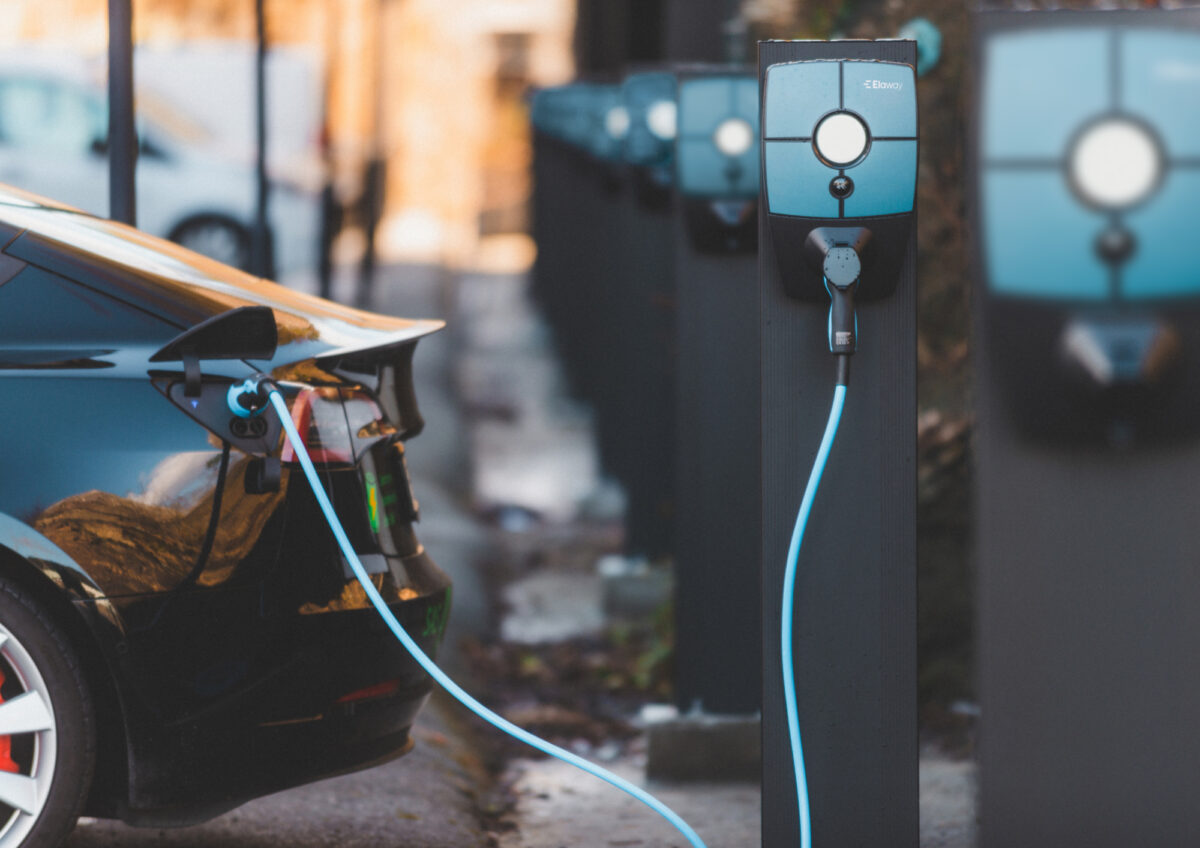In the pursuit of a cleaner and more sustainable future, the adoption of EVs has emerged as a significant milestone. Europe is witnessing a surge in EV adoption, driven by the promise of reduced emissions and a greener transportation ecosystem. However a key hurdle remains: the establishment of widespread and accessible EV charging infrastructure. A large share of Europeans live in multi-apartment complexes where the installation of charging facilities is far from straightforward.

Image: Elaway
While EV charging set-ups are relatively uncomplicated for residents of detached houses, people in multi-unit complexes face a more intricate scenario. Multi-home buildings often have car parks that can accommodate many vehicles and even if there are only a few EVs right now, it is important to get a scalable infrastructure in place from the start so that more drivers can be added over time. The need for system charging – where chargers work together to optimize energy distribution – combined with the management oversight provided by a charge-point management system (CPMS), adds further complexity to the equation.
At Elaway, we recognize a substantial barrier to progress regarding financing of the fundamental charging infrastructure needed for system charging in housing communities. This obstacle poses a chicken-and-egg dilemma. Without adequate infrastructure, EV adoption rates may stagnate as residents lack the convenience of home charging – one of the primary advantages of EV ownership. With only a small percentage of today’s EV owners living in housing communities, however, willingness to contribute to finance charging infrastructure remains limited. It can be a self-perpetuating cycle. Most residents who drive fossil-fuelled cars are unwilling to pay for EV infrastructure. With almost half of Europe's population living in multi-apartment complexes – according to EU statistical body Eurostat – appropriate charging infrastructure is a major challenge that needs to be addressed to ensure the uptake of EVs by people in such buildings.
A successful model can be observed in Norway, a leader in the EV market. The Norwegian EV Association estimates electric vehicles have a market share of more than 80% of new cars sold and EVs now make up more than 20% of the total car fleet. The success is, in part, because Norway has pioneered a solution to the financing challenge. The Nordic state has mandatory regulations for housing communities to provide EV charging, coupled with a stipulation that entire communities share the financial responsibility for charging infrastructure. This proactive approach has propelled the swift expansion of EV charging facilities in multi-home communities.
Addressing this intricate challenge necessitates innovative solutions and external catalysts. This is where EU legislators can play a transformative role. By introducing incentives and progressive regulations, they can facilitate the development of EV charging infrastructure in housing communities.
Elaway has been providing EV charging solutions for housing communities in Norway since 2019 and is now one of the leading players in this segment of the Norwegian market, which is a few years ahead of all other European countries. We have experimented with different business models to test what creates traction in the market and our experience is that offering apartment communities the opportunity to rent charging facilities significantly lowers the finance barrier. Elaway's approach to incentivizing charging infrastructure installation showcases a promising path forward. Our model offers customers the flexibility to purchase or rent charging facilities, catering to a wider spectrum of financial situations. This creative financing solution could act as a catalyst, encouraging more multi-home communities to embark on the EV charging journey.
To address the EV charging challenge legislatively, EU policymakers could focus on the following strategies.
Infrastructure-focused incentives: Shifting the focus of incentives from individual chargers or vehicles to charging infrastructure could inspire multi-home communities to invest collectively, acknowledging the collective benefits for all residents.
Popular content
Mandatory EV charging provision: Copying Norway's approach and mandating housing communities to offer EV charging could accelerate the roll-out of charging facilities in housing communities across Europe.
Community-funded installation: Introducing policies that ensure entire housing communities contribute to financing installation, rather than relying on a small subset of early adopters, would secure sufficient funds and establish a fair and sustainable model for EV charging expansion in such communities.
Incentivizing infrastructure ownership and renting: Recognizing the varying financial capacity of multi-apartment communities, EU policymakers could extend incentives to both owned and rented charging infrastructure, accommodating diverse financial scenarios.
Aligning policies with the recommendations above, the EU could emerge as a driving force behind the accelerated deployment of EV charging infrastructure in multi-home communities. Legislative endeavors have the potential to bridge the financing gap, surmounting the challenge of limited EV adoption that is being hampered by inadequate charging facilities. A concerted effort could pave the way for a harmonious environment where electric mobility flourishes, emissions dwindle, and a sustainable future becomes a tangible reality.
At Elaway, we firmly believe that by uniting industry players and policymakers, we can steer Europe towards a future powered by clean and efficient transportation.
About the author: Harald Seip is chief marketing officer at Elaway, a company that provides EV charging solutions for housing communities in Norway, Sweden, and Germany. He oversees marketing for a company that has more than 1,100 charging stations, more than 75,000 parking spaces, and more than 10,000 active chargers in its portfolio.
The views and opinions expressed in this article are the author’s own, and do not necessarily reflect those held by pv magazine.
This content is protected by copyright and may not be reused. If you want to cooperate with us and would like to reuse some of our content, please contact: editors@pv-magazine.com.


1 comment
By submitting this form you agree to pv magazine using your data for the purposes of publishing your comment.
Your personal data will only be disclosed or otherwise transmitted to third parties for the purposes of spam filtering or if this is necessary for technical maintenance of the website. Any other transfer to third parties will not take place unless this is justified on the basis of applicable data protection regulations or if pv magazine is legally obliged to do so.
You may revoke this consent at any time with effect for the future, in which case your personal data will be deleted immediately. Otherwise, your data will be deleted if pv magazine has processed your request or the purpose of data storage is fulfilled.
Further information on data privacy can be found in our Data Protection Policy.